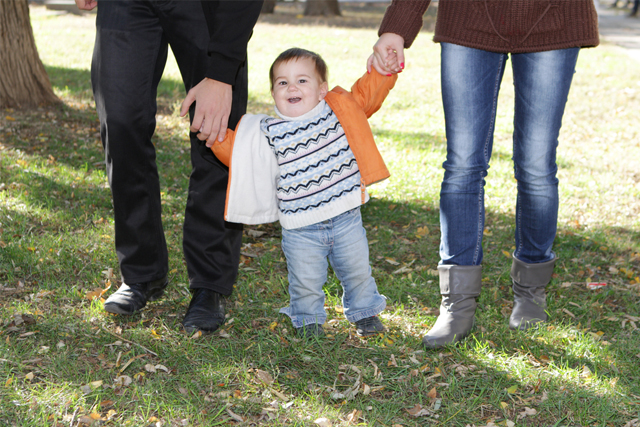Children who grow up in foster care without finding permanency have less opportunity

- 36% of California foster youth become homeless within 18 months of emancipation
- 50% of youth who have aged out of foster care end up homeless or incarcerated.
- Teen girls in foster care are 2.5 times more likely to become pregnant by age 19 than those not in foster care.
- Less than 50% of foster youth graduate from high school and only 3% graduate from college.
You can help prevent these outcomes. Children need permanency and a safe, stable place to call home. Shasta County foster youth need you and you can make a huge difference in a child’s life.
There is a shortage of resource families in Shasta County to foster and adopt Shasta County children

- Children need permanency and a safe, stable place they can call home.
- In Shasta County, there are more children that need homes than there are available families.
- Therefore, many Shasta County foster youth, especially teenagers, are placed in institutional group homes (not family homes).
- Also, many of these Shasta County foster youth are placed outside of Shasta County, which rips them from their community and school and causes more trauma.
- We need more families in Shasta County able to take in Shasta County’s foster children.
Why do children go into foster care?

Children go into foster care because their parents or caregivers are not able to care for them, either temporarily or permanently. This could be for many different reasons, including:
- Death in family
- Medical issues of family
- Drug abuse of family
- Family members going to prison
- Physical or sexual abuse
- Family members neglected child
Who are Shasta County’s foster children?

- Shasta County’s foster children are all ages and races.
- 23% are < 3 years old, 13% are 3-5 years old, 25% are 6-10 years old, 20% are 11-15 years old, and 19% are 16-20 years old.
- 6% are African American, 18% are Hispanic, 66% are White, 1% are Asian/ Pacific Islander, and 9% are Native American.
- Foster children are like all other children. They did nothing wrong, but their caregivers are not able to care for them either temporarily or permanently.
Teens need families too

- While Shasta County’s foster youth range from infant-21 years old, the majority of youth are 11 years and older.
- We need more families excited to be families for teens in foster care.
- Foster youth aged 18-21 are considered “non-minor dependents”. They are working toward independence but still receive financial support as they get on their feet.
- If you are interested in caring for a teenage foster youth or a non-minor dependent, there are many youth in that age group that need a family.
Do all foster children go back to their biological parents?

- The first goal will be reunification, so we will do what we can to support the child reunifying with their family.
- If that is not possible, we explore other paths of permanency for the child, which could include the child moving in with relatives, non-related extended family, or community families the child does not already know.
- If you begin to foster a child, the child’s social worker can tell you the status of reunification efforts.
- There are some children whose parental rights have been terminated and who do not have relatives or extended family able to take them in. If you are more interested in adopting a child, these children maybe able to be adopted.
What support will I get if I become a resource family and foster a child?

- You will be reimbursed a set amount per month. This reimbursement amount varies depending on the child.
- The child’s medical care, dental care, and mental health services will also be paid for.
- There may be other sources of support available as well. To learn more, talk to your assigned social worker once you start the process.

